Running out of space doesn’t mean you have to run out of options. If your garden is small—or squeezed onto a balcony, windowsill, or patio—you’ve likely faced the challenge: where can you possibly fit more plants without cramming in more pots?
The good news? A lack of square footage doesn’t have to limit what (or how much) you grow. With a few clever tricks, a bit of repurposing, and a fresh look at the space you already have, you can seriously multiply your planting potential—no new containers required.
From unexpected vertical solutions to soil-sharing strategies that actually benefit your plants, these tips aren’t just space-savers—they’re game-changers for compact gardens. Whether you grow herbs, flowers, or even vegetables, there’s room to grow more than you think.
Here are 18 creative, budget-friendly ways to grow more in your tiny garden—without spending a cent on more pots.
Vertical Gardens
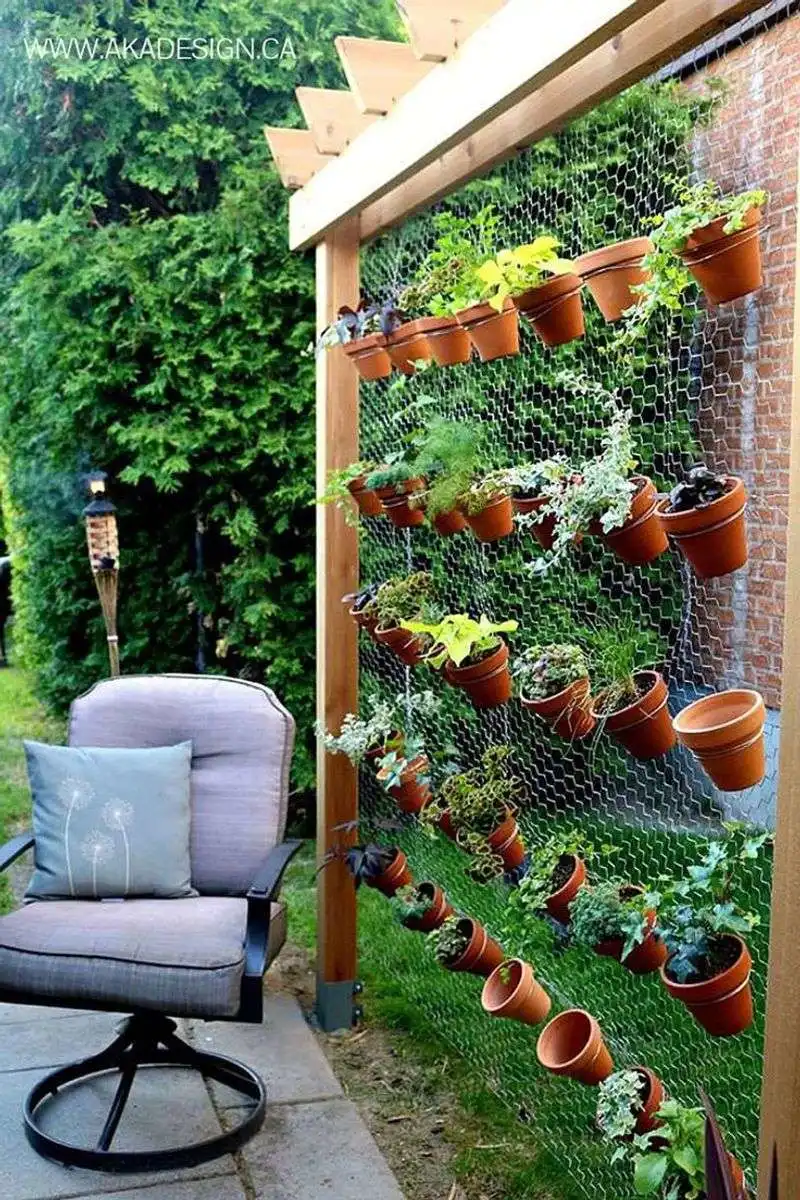
Imagine transforming your garden wall into a lush display of greenery. Vertical gardens allow you to utilize vertical space efficiently, making it perfect for tiny areas. You can mount pots or use pocket planters to grow herbs, flowers, or even vegetables. This method not only saves ground space but also adds a unique aesthetic to your garden. Many urban gardeners find this technique ideal for maximizing small spaces, as it turns bare walls into living art. Moreover, vertical gardening can contribute to improved air quality and create a calming environment.
Companion Planting
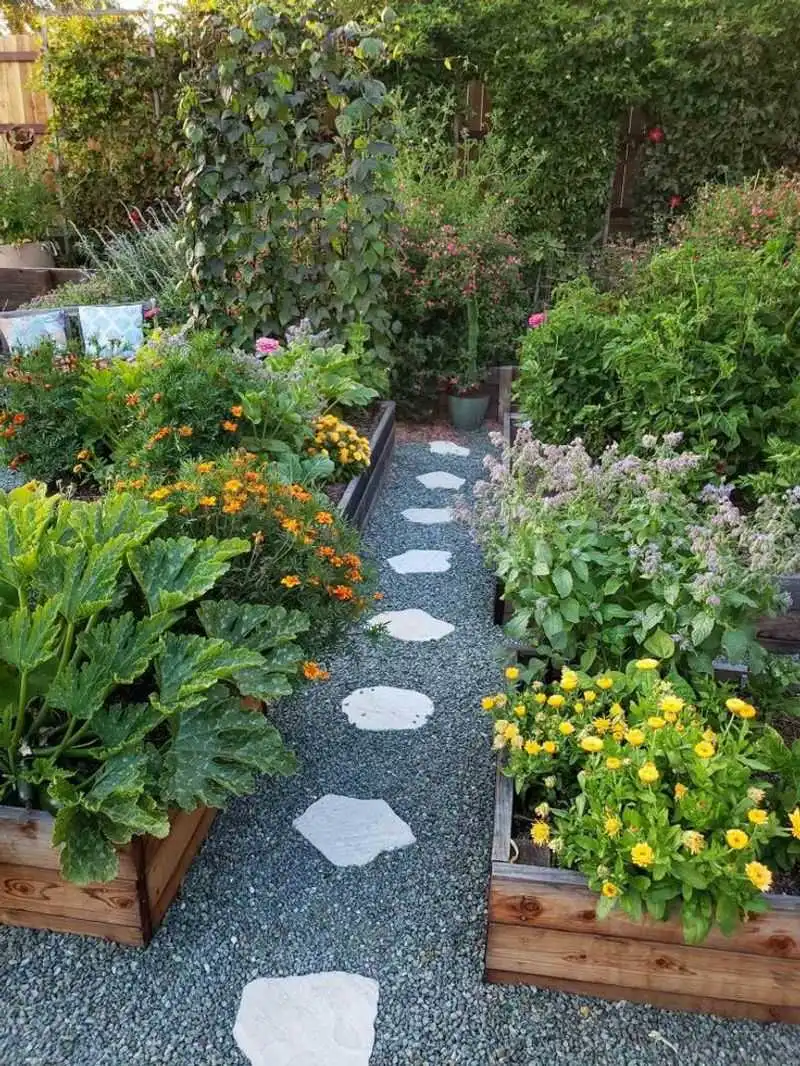
Companion planting is an age-old technique where certain plants are grown together to enhance growth and deter pests. For example, planting basil alongside tomatoes can improve their flavor and reduce pests. This method allows for efficient use of space by pairing plants that complement each other. Not only does it promote healthier plants, but it also makes your garden more diverse and visually appealing. Many gardeners appreciate the natural pest control and enhanced growth this technique offers, making it a practical choice for tiny gardens.
Hanging Baskets

Hanging baskets are a delightful way to add layers to your garden without taking up ground space. They are perfect for flowers and trailing plants, offering a cascade of color and lushness. Easily adjustable, these baskets can be hung at varying heights, creating depth and interest in your garden. Many find this method not only space-saving but also a beautiful way to showcase favorite blooms. Moreover, hanging baskets can be moved indoors during colder months, ensuring year-round enjoyment and versatility for your garden.
Square Foot Gardening
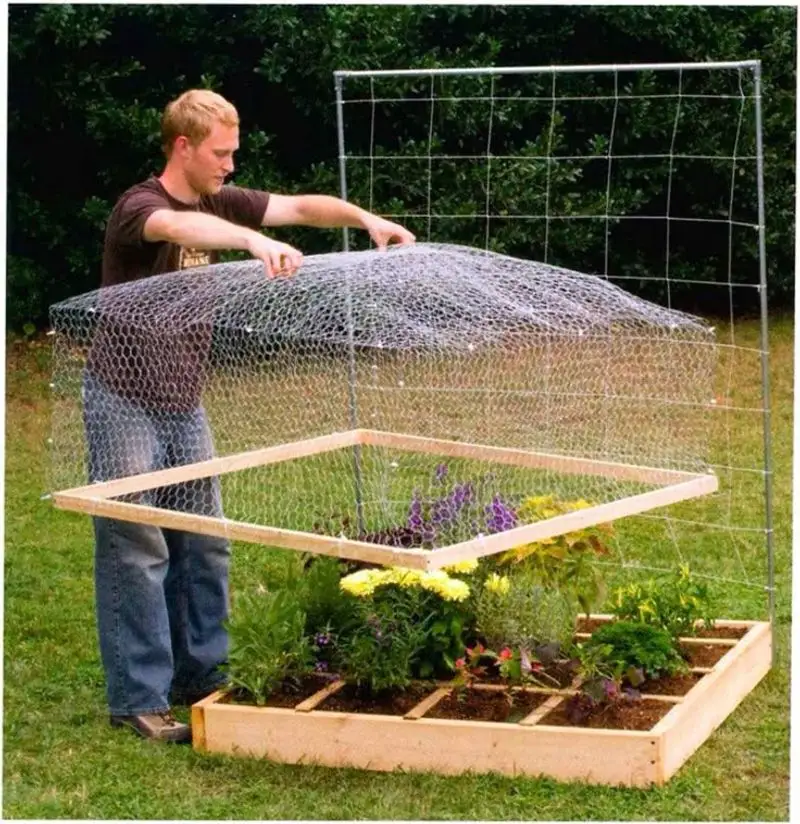
Square foot gardening is a method that involves dividing a garden space into small, manageable sections. This approach is perfect for tiny gardens as it maximizes productivity while minimizing waste. By planning each square foot carefully, you can grow a diverse range of vegetables in a compact area. Many gardeners appreciate the efficiency this method offers, allowing them to grow more varieties in limited spaces. Additionally, square foot gardening promotes healthy soil management and reduces the need for weeding, making it both practical and rewarding.
Tiered Planters
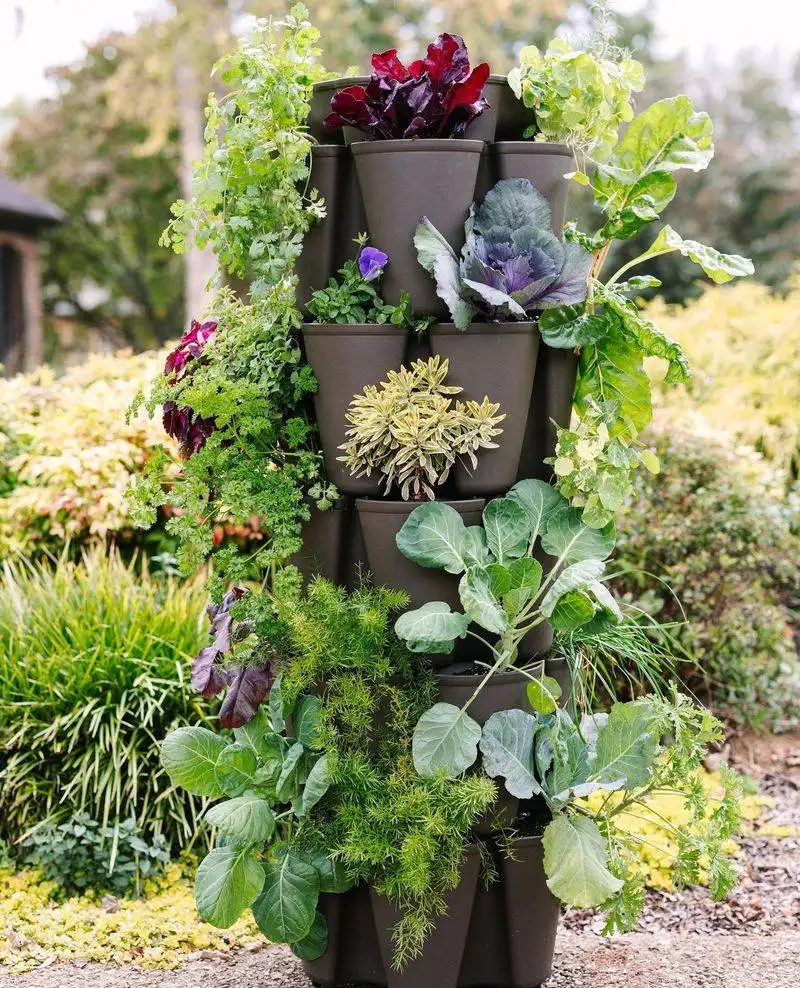
Tiered planters allow you to grow multiple layers of plants in a single footprint, making them ideal for tight spaces. These planters can host a variety of plants, from herbs to succulents, offering both beauty and functionality. The tiered design ensures that each plant receives adequate sunlight and air circulation, promoting healthy growth. Many urban gardeners find tiered planters to be a creative and efficient use of vertical space. Moreover, they add a dynamic visual element to the garden, enhancing its overall appeal and productivity.
Window Boxes
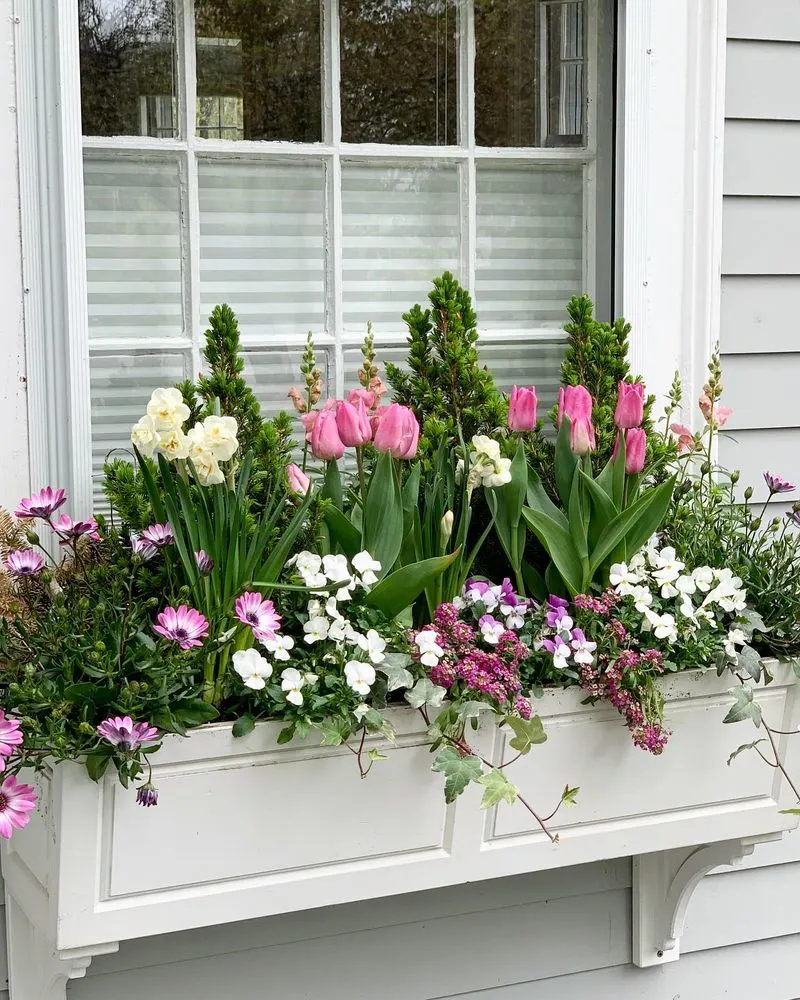
Window boxes are perfect for those with limited ground space. They bring nature right to your windows, allowing you to grow flowers, herbs, or small vegetables. Easy to install and maintain, window boxes can add a burst of color to your home’s exterior. Many appreciate the accessibility and convenience they offer, making them a popular choice for urban dwellers. Not only do they maximize space, but they also improve curb appeal and can be tailored to fit any window size, offering a personalized touch to your gardening efforts.
Hydroponic Systems
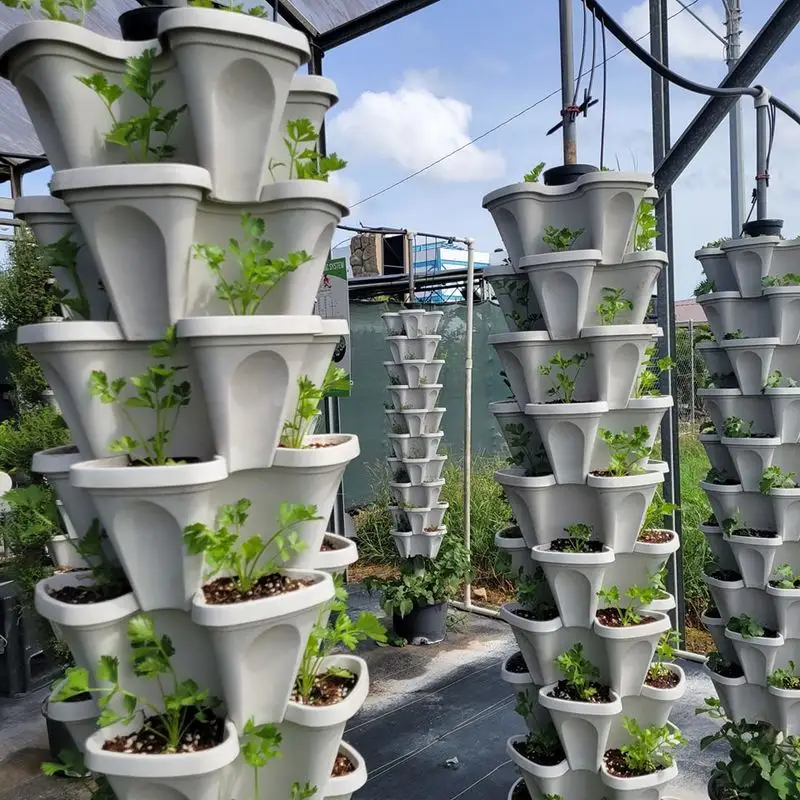
Hydroponic systems offer a soil-less way to grow plants, perfect for indoor or balcony gardens. This technique involves growing plants in nutrient-rich water, allowing for faster growth and increased yields. Hydroponics is ideal for small spaces as it requires minimal maintenance and maximizes productivity. Many gardeners enjoy experimenting with different systems, from simple DIY setups to advanced commercial kits. This method not only conserves water but also reduces the need for pesticides, providing a sustainable and efficient way to grow more in a tiny garden.
Espalier Fruit Trees

Espalier is a traditional technique of training fruit trees to grow flat against a wall or trellis. This method is ideal for small gardens as it saves space while allowing you to enjoy fresh fruit. The structured growth not only looks elegant but also increases sun exposure and air circulation, improving fruit quality. Many gardeners find espalier to be both an art form and a practical solution for limited spaces. With careful pruning, you can create stunning patterns and enjoy the added benefit of a fruitful harvest in a compact area.
Climbing Plants and Vines
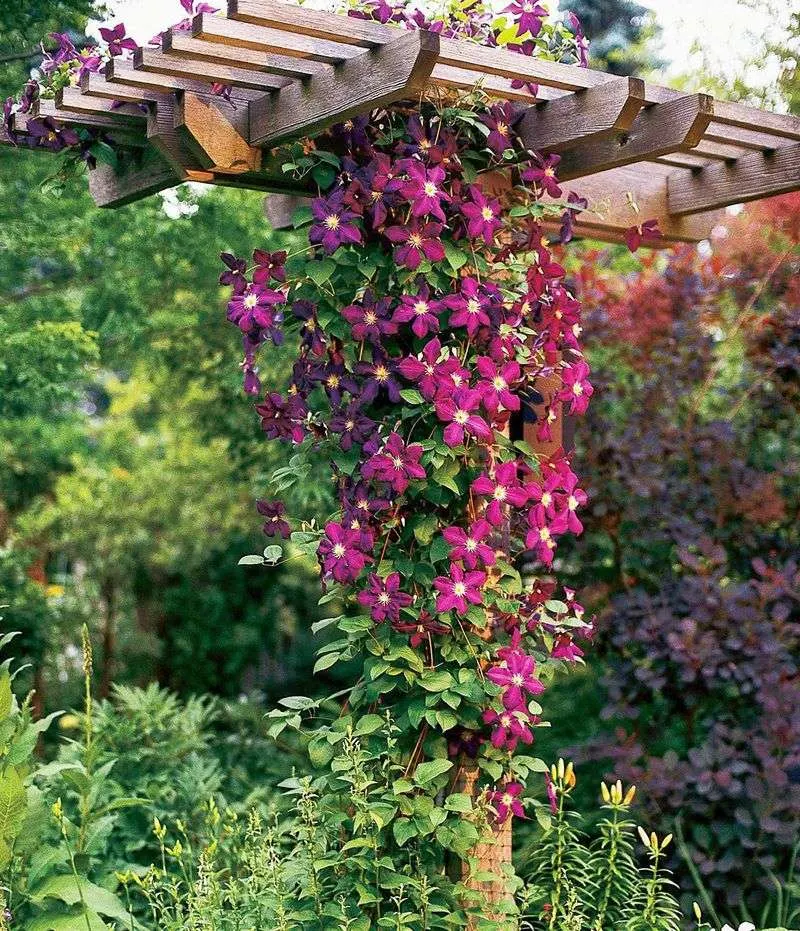
Climbing plants and vines are a wonderful way to add vertical interest to any garden. By using trellises or walls, these plants can grow upwards, freeing up ground space for other plants. They are perfect for adding greenery and blooms without crowding your garden. Many gardeners appreciate the privacy and shade these plants provide, as well as their ability to attract pollinators. Whether you choose flowering vines or fruit-bearing varieties, climbing plants can enhance the beauty and functionality of your tiny garden.
Succession Planting
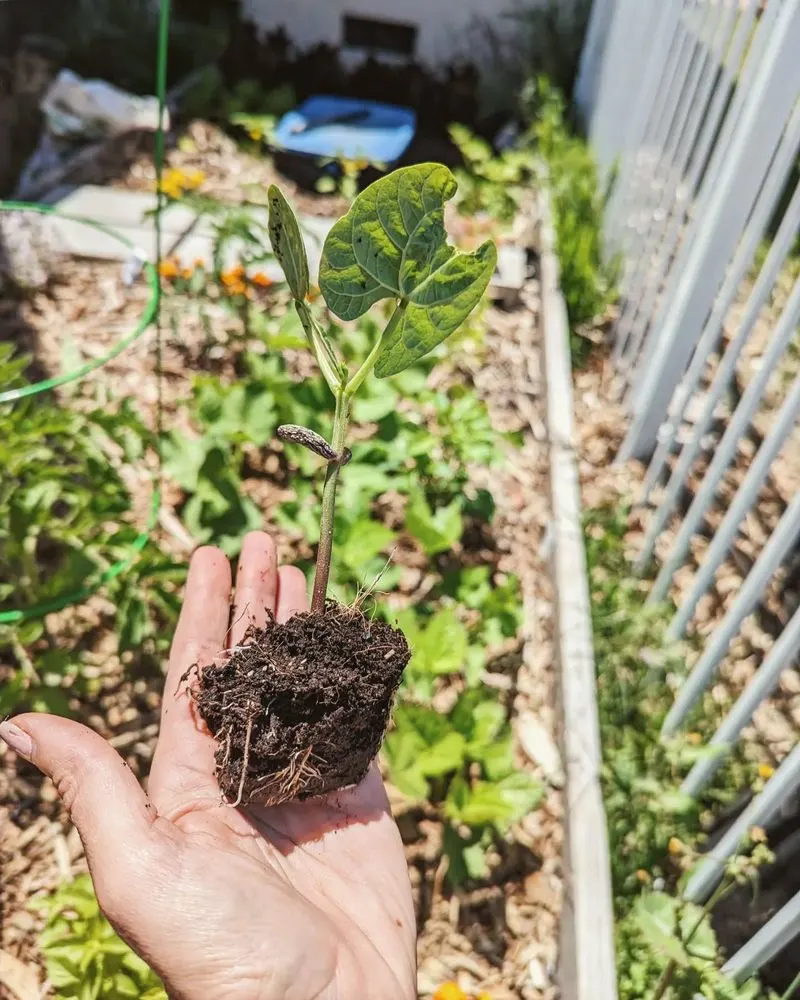
Succession planting involves scheduling plantings so that as one crop finishes, another is ready to take its place. This method ensures a continuous harvest and efficient use of space. Ideal for tiny gardens, it allows for a steady supply of fresh produce throughout the growing season. Many find this technique rewarding, as it maximizes the productivity of their limited space. Additionally, succession planting reduces soil exhaustion and promotes biodiversity, making it a sustainable choice for the conscientious gardener.
Hydroponic Tower Gardens
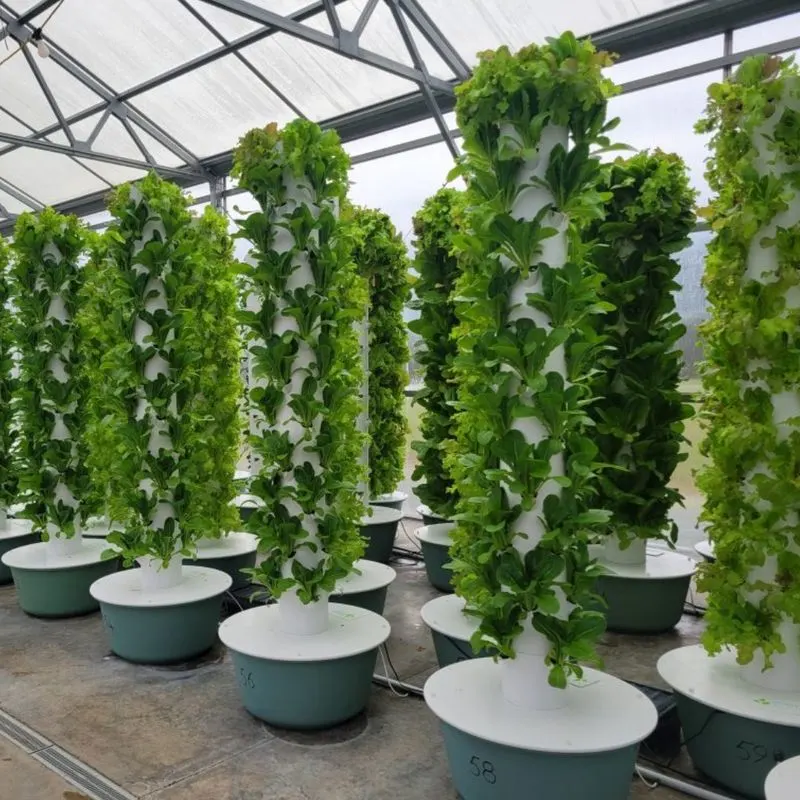
Hydroponic tower gardens are a vertical solution for growing plants without soil. These towers use nutrient-rich water to nourish plants, making them ideal for small spaces. The vertical design allows for a large number of plants in a compact area, increasing yield and variety. Many urban gardeners appreciate the efficiency and innovation of tower gardens, as they require minimal maintenance and conserve water. This method offers a sustainable way to enjoy a diverse and abundant garden within limited space constraints.
Intercropping
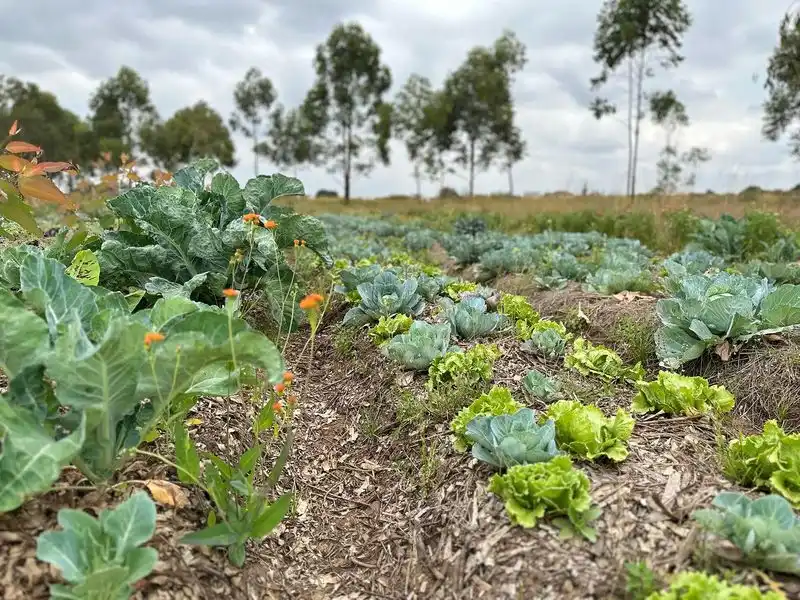
Intercropping is the practice of growing different crops in close proximity to achieve greater yield and resource use efficiency. This technique allows you to maximize space by combining plants that grow well together. For example, pairing root vegetables with leafy greens can optimize soil use and light exposure. Many gardeners find intercropping to be a strategic way to diversify their garden while increasing productivity. Not only does it enhance soil health, but it also provides a varied and continuous harvest, making it ideal for small gardening spaces.
Spiral Herb Gardens
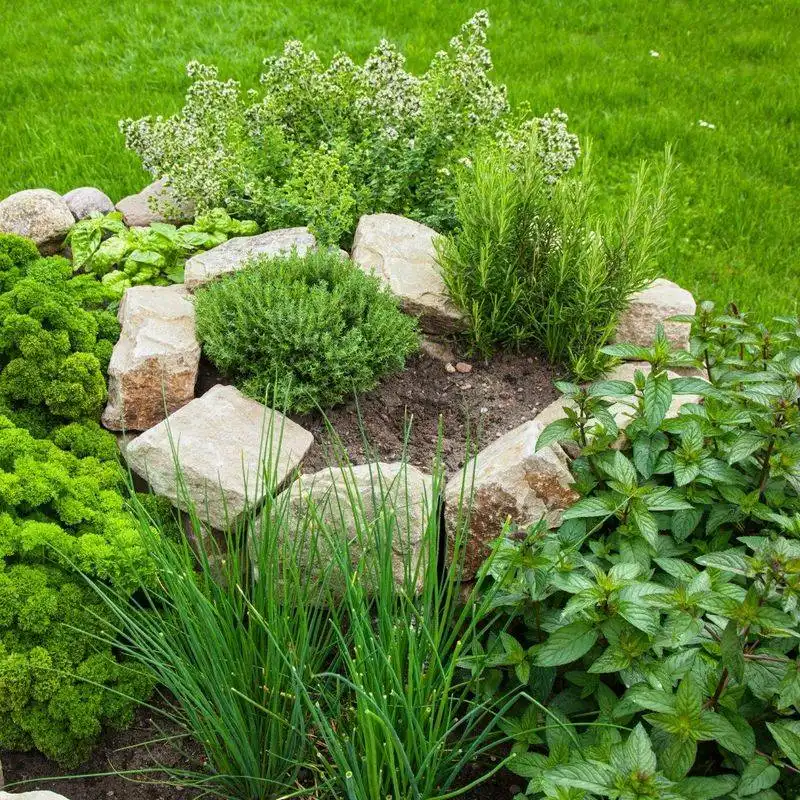
Spiral herb gardens offer a unique and efficient way to grow herbs in a compact space. The spiral design allows for different microclimates, supporting a variety of herbs in one space. This method maximizes vertical space and provides better drainage, which is advantageous for many herbs. Gardeners find the spiral shape aesthetically pleasing and functional, as it allows easy access to all plants. Moreover, it’s a creative way to add dimension and interest to a small garden while enjoying a fresh supply of herbs.
Container Stacking

Container stacking involves placing smaller containers on top of larger ones, creating a layered effect. This method effectively uses vertical space and adds visual interest. Ideal for small gardens, it allows you to grow a variety of plants in a compact area. Many gardeners appreciate the flexibility of container stacking, as it can be easily rearranged and customized. This approach not only maximizes space but also provides a dynamic and adjustable gardening solution, perfect for those with limited ground area.
Gutter Gardens
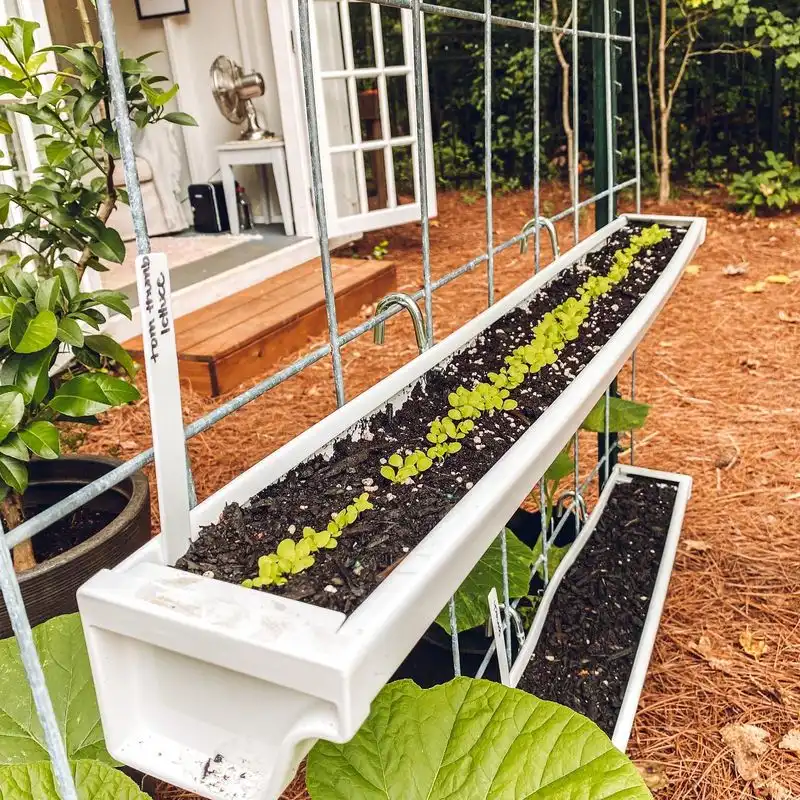
Gutter gardens repurpose old rain gutters to create elevated rows of plants. This innovation is perfect for small gardens as it makes use of vertical space along fences or walls. Ideal for growing shallow-rooted plants like lettuce and strawberries, gutter gardens are both space-efficient and visually appealing. Many urban gardeners find this method to be a sustainable and creative solution for limited spaces. It not only maximizes growing area but also adds an unexpected element of modernity to your garden design.
Wall-Mounted Planters
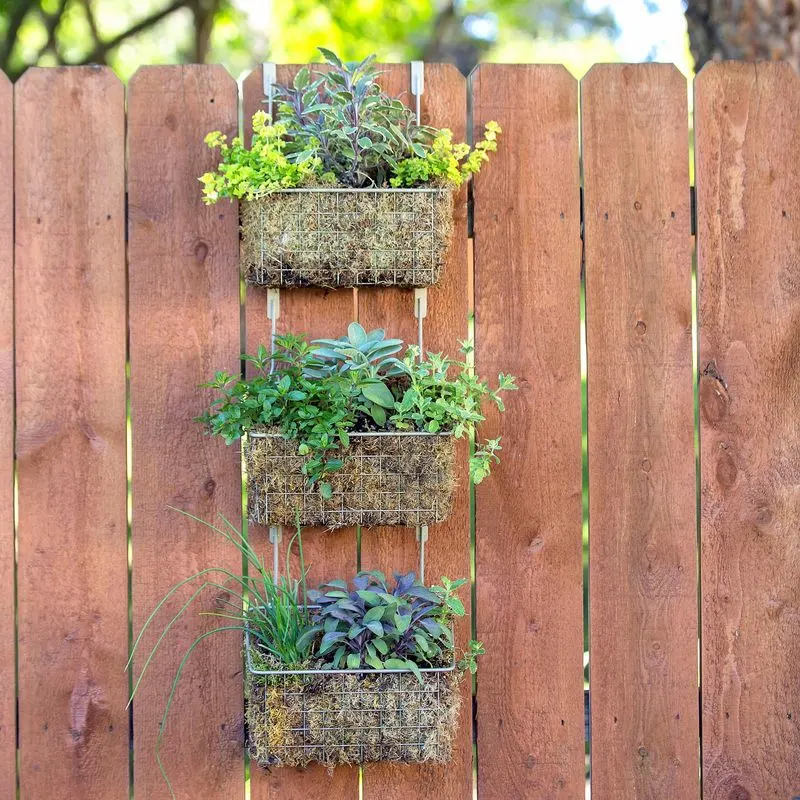
Wall-mounted planters offer a stylish way to expand your garden vertically. By attaching planters to walls, you can grow a variety of plants without using ground space. This method is perfect for adding greenery to patios or balconies. Many gardeners enjoy the decorative aspect of wall-mounted planters, as they create living art pieces that enhance outdoor spaces. Additionally, these planters can be easily rearranged or changed seasonally, providing a versatile and space-saving gardening solution.
Rooftop Gardens
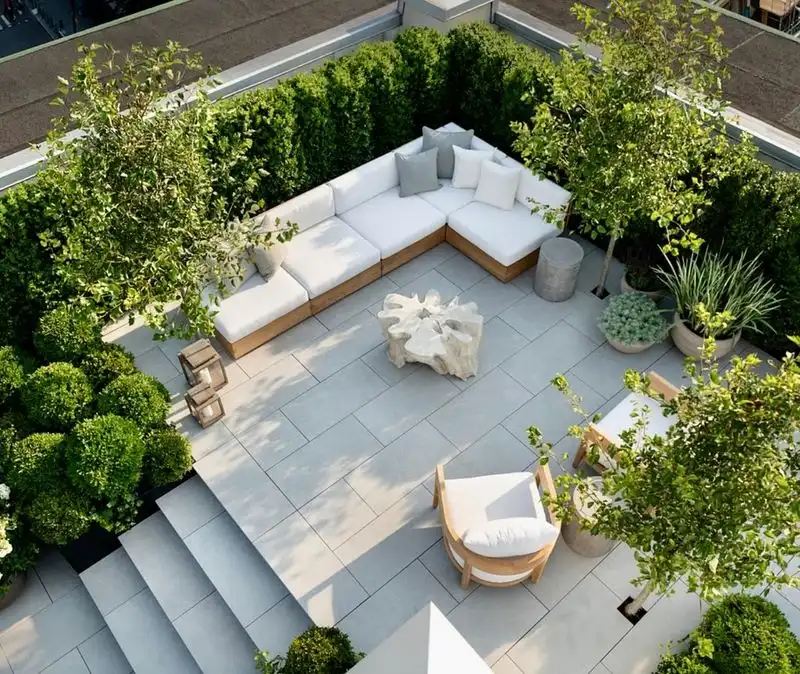
Rooftop gardens transform unused roof space into productive garden areas. Ideal for urban settings, they offer a unique way to grow a variety of plants, from vegetables to flowers. Rooftop gardens not only maximize space but also provide insulation benefits, reducing energy costs. Many city dwellers appreciate the tranquility and privacy these gardens offer, as well as their positive environmental impact. This innovative approach to gardening turns forgotten spaces into vibrant ecosystems and adds value to urban living.
Self-Watering Planters
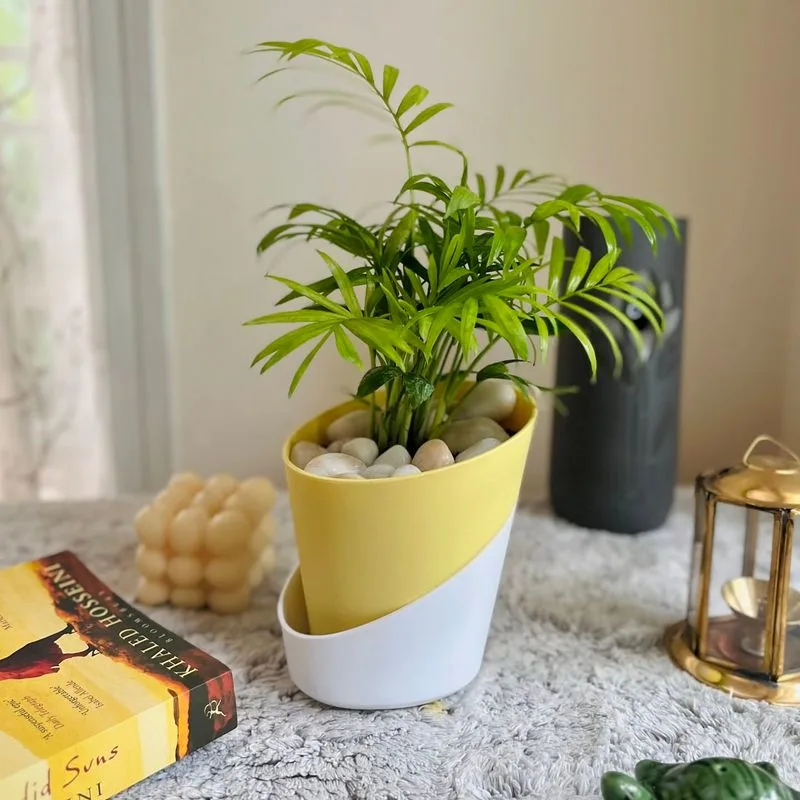
Self-watering planters are designed to provide consistent moisture to plants, making them perfect for busy gardeners. These planters use a reservoir system to keep soil moist, reducing the need for frequent watering. Ideal for small gardens, they ensure healthy plant growth with minimal effort. Many find self-watering planters to be a practical solution for maintaining a garden when space and time are limited. This method not only conserves water but also supports thriving plants in compact areas, making gardening more accessible and sustainable.

